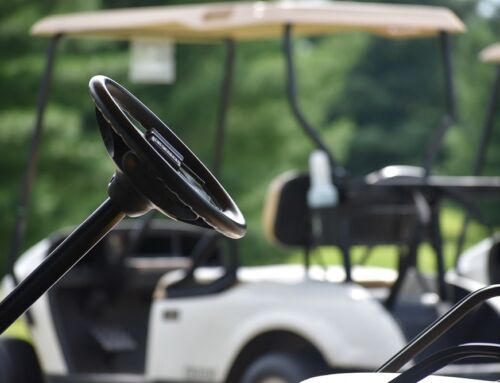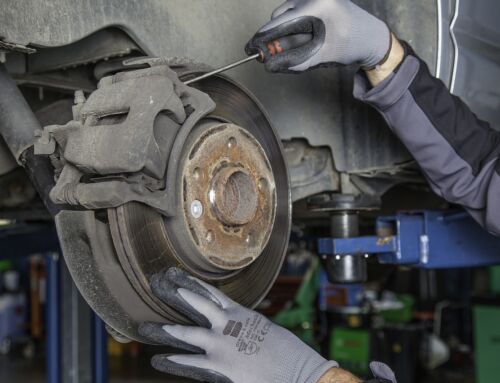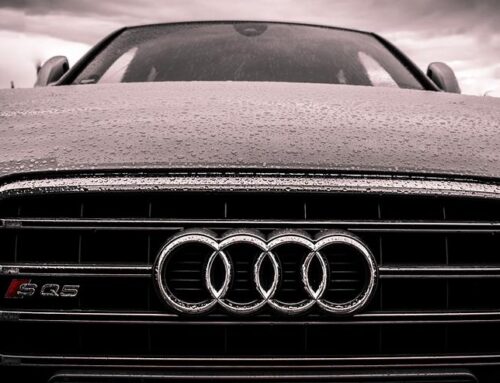By Indiana Lawyer – William Bill Hurst
One of the most common intersection auto crashes involve a vehicle making a left turn at an intersection during a “yellow” light striking an oncoming vehicle. The injuries and damages incurred in these crashes can be catastrophic because of the nature of the “T-bone” impact between the cars involved in the accident. Often the intersection accident is the result of a traveling vehicle at an unreasonably high rate of speed into the intersection or a driver making a “left hand” turn with an obstructed view. When we represent the occupants of the turning vehicle, he/she usually contends the other vehicle “sped up to beat the red light”. Usually its both parties’ fault; each blaming the other!
According to a National Highway Traffic Safety Administration report accidents while turning left at an intersection can be attributed to:
- Turning with an obstructed view;
- Misjudgment of gap or other speed;
- Inadequate surveillance; or
- False assumption of others’ action
This study claims that 36% of all automobile accidents occur at an intersection and 22% of all intersection related crashes were because of a driver making a “left hand turn” and failing to yield to the approaching vehicle. A University of Kentucky engineering study claims that of the 49 crashes it studied at a particular intersection, 19 of them were “left hand turns” related accidents. The Florida Department of Transportation’s 2005 study determined that almost half of the fatal intersection crashes involved left hand turning vehicles is generally the fault of the turning vehicle. Thus representing the vehicle passing through the intersection can be problematic.
Indiana Law Regarding Turning At An Intersection
Indiana Code § 9-21-8-21 provides us with guidance when it comes to making a left hand turn at an intersection. The Traffic Code states:
“A person attempting to make a turn at an intersection must make and approach a left turn
in their part of the roadway that is closest to the center line and must make the turn
to the right of the center line of the roadway being entered.”
Indiana Code § 9-21-8-24 regarding turn signals also states that a signal of a driver’s intention to turn left shall given not less than two hundred (200) feet from the moment of activating your turn signal to the moment that you make the turn.
Indiana Code § 9-21-5-4 requires all drivers to drive at an appropriate reduced speed when approaching and crossing an intersection.
Indiana Code § 9-21-8-30 is probably the most important law regarding left hand turns at intersections that result in serious accidents. The law in its entirety states:
“A person who drives a vehicle within an intersection intending to turn to the left shall yield the right-of-way to a vehicle approaching from the opposite direction that is within the intersection or so close to the intersection as to constitute an immediate hazard. After yielding and giving a signal as required by this chapter, the person who drives the vehicle may make the left turn, and the persons who drive other vehicles approaching the intersection from the opposite direction shall yield the right-of-way to the vehicle making the left turn.”
This latter statute is similar to statutes in other states and is usually the essence of the law argued to juries in trials of these cases.
Our Experience
Many intersection accident collision cases which our Law Office has reviewed involve intersection left hand turns where the non-turning driver tries to “make the yellow light” before it turns “red”. We have all been in situations where a light is changing from “yellow” to “red” as we’re approaching an intersection and we must decide whether to “make the yellow light” or stop. Rarely will the investigating officer cite the approaching vehicle for fault. Usually the officer faults the left turning vehicle for failing to yield. An officer’s determination of fault is not always reliable in these cases and is never admissible in Court. Often there are witnesses who can testify to the improper speed of the approaching vehicle and create fault on the driver that was attempting to “make the light”. This is the reason why it is so important the victim of a seriously injured left turning driver contact an experienced Personal Injury Lawyer to locate and preserve the evidence of the occurrence.
A Real Case Example
Representing the Pass Thru Driver
Our office recently resolved a left hand turn case where our client was proceeding through the intersection on his motorcycle when the defendant turned his SUV left in front of and into the path of the motorcycle. The motorcycle struck the front of the turning SUV and the motorcycle rider rolled over the hood and landed on the street several feet away. He sustained serious orthopedic injuries as a result. There were no witnesses.
During discovery the SUV driver (defendant) claimed that the motorcycle was travelling through the intersection at an excessive rate of speed (over 50 mph, speed limit 35 mph) and tried to “beat” the light. During cross examination of the SUV driver he admitted that he did not see the plaintiff’s motorcycle until seconds before impact (thus his estimate of speed was a “guess” based on his 2 second observation). As there were no witnesses this testimony allowed us to settle the case favorably for our client.
Representing the Turning Driver
In another recent case where we represented a left turning client we found a witness (not listed on the police report) who, despite the police report which placed fault on our client, confirmed that the non-turning vehicle “sped up” as the light changed from yellow to red, thereby causing the collision. This
In both cases the insurance carriers had refused any offer whatsoever prior to the favorable testimony.





